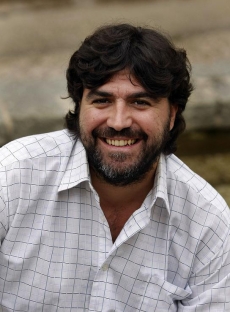|
|
The English Corner: The story behind the words II
18.10.10 - Escrito por: Alex García Rosal
 Entradilla Entradilla
Bikini
This two-piece swimsuit for women was invented in France in 1947. The name was taken from Bikini Atoll in the Marshall Islands, where in 1946; the United States had tested atomic bombs. The sensation caused by the bikini was compared to the power of these weapons, and therefore, the name was associated to that atoll.
Bobby
This word is used informally to refer to a British policeman. It derives from the diminutive name of a British politician and statesman called Sir Robert Peel, who created in 1829 the Metropolitan Police. Its members were much better than the previous ones. At first they were called peelers and later, Bobbies in honor to that politician, who also abolished capital punishment for minor crimes and allowed Catholics to be part of British Parliament.
Hot dog
The use of this word to mean sausage comes from the XIX century. Hot referred to the temperature of the sausage, of course. And dog may have been a reference to the alleged contents of the sausage. In 1845 there were many accusations against sausage makers of using dog meat to make the sausage (which was not true). The term became popular and was often used in newspapers, making it as common as it is today.
Beefeater
This term originated in 1610, meaning a well-fed servant. Around the year 1700 it began to be used to refer to the traditional guards at the Tower of London. The meaning is quite clear as it's a reference to a servant spoiled by his master, in contrast to a "loaf eater" (a servant that eats only bread).
Sideburns
This word comes from the name of the General Ambrose Everett Burnside, who participated in the US Civil War. He was famous for the hair grown on the sides of his face. With time, the order of the syllables was reversed, giving the word sideburns. It refers to the hair that grows on the sides of a man's face, in front of his ears. It's always used in the plural form.
Bibliography
www.saberingles.com.ar
www.businessballs.com
|
|
|
|

|
|

